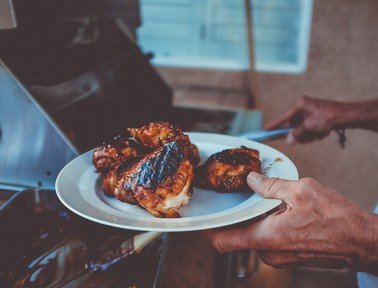Quiz Answer Key and Fun Facts
1. What was the Avicennia marina (White Mangrove) used by the aborigines for?
2. The Burdekin Plum can't be eaten straight from the tree. Before eating, it has to be?
3. The seed from the Black Bean tree (Castanospermum australe) is toxic to humans and animals. To remove the toxins, the following preparation is needed?
4. The Bunya Pine sets cones approximately every three years. The Aboriginals did what to improve the flavour and preserve the nuts found in the cone?
5. To catch eels or fish, such as Murray Cod, the Aborigines would stun the eels or fish in the billabongs by throwing the crushed roots of which of the following bush/tree into the water?
6. The Burke and Wills expedition may have survived by eating Nardoo prepared correctly, but by preparing it incorrectly their death probably was hastened. To use the plant safely the Aborigines did what to the spore cases?
7. Kangaroo Apple(Solanum laciniatum)was collected by the Aboriginals by?
8. The Broad Leaf Melaleuca tree was used by Aborigines for?
9. The Australian Aboriginal uses the Bunaangu Bush for?
10. The Burrawang plant supplied necessary starch for Aboriginal tribes in NSW. To remove the toxins the Australian Native would?
Source: Author
robraw
This quiz was reviewed by FunTrivia editor
Bruyere before going online.
Any errors found in FunTrivia content are routinely corrected through our feedback system.
